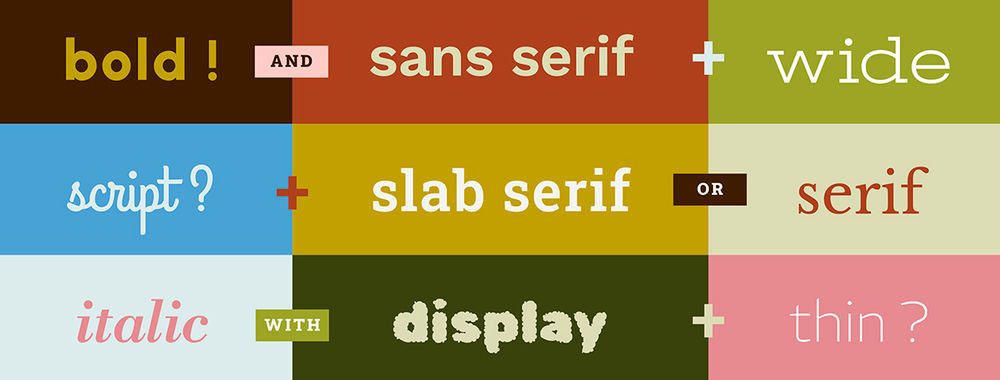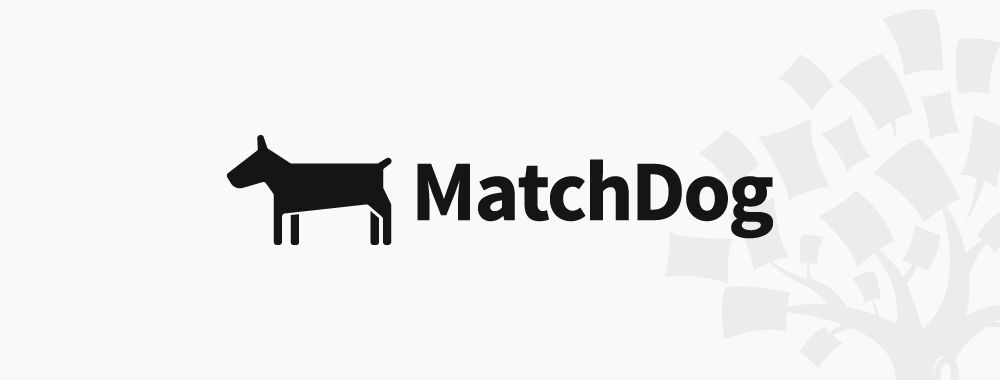Guerrilla usability testing is a very popular technique. It’s quick, it’s low cost and it enables real user feedback. The way that guerrilla usability testing is implemented is always going to be dictated by the situation itself, yet there are some fairly simple hints that can help ensure that you guerrilla testing produces better results.
Be Certain of Your Objective
It’s always worth, no matter what research technique you employ, being certain of your objectives before you start testing. If you don’t know what you expect to get from your research; it’s probably time that could have been better spent doing other things. That doesn’t mean a big-detailed plan (which would be kind of self-defeating for a cheap, flexible, “on the fly” technique) but it does mean having a clear definition of what you’re looking for when you start.
Be Aware of Introducing Bias
If you always look for subjects in your local internet café, you need to realize you’re biasing your results to people who use internet cafes (which might be a bit awkward if most of your users log on from home on their smartphones). Acknowledging the potential for bias can help you redesign your test protocols to minimize its impact. The more diversity you use in your guerrilla testing – the more likely it is to present a clear picture of your user base.
Keep Participants Informed
Before you start testing make sure your participants have a good idea of what you’re doing, who you are, and why you’re doing it. You might also want to specify the outputs (feedback) that you’re looking for too. Ideally, you might want to create a simple release form that clarifies the potential implications of getting involved in the testing. While it may seem a bit awkward – this kind of process helps develop trust between the researcher and the user.

Author/Copyright holder: European Parliament. Copyright terms and licence: CC BY-NC-ND 2.0
Reward People for Their Time
You don’t have to hand out $100 bills to your participants but it’s nice to do something for them in exchange for their time. A cup of coffee or a spot of lunch can work wonders by making the participant realize that you genuinely value their time and input. They may also provide a convenient break from the proceedings where you can chat a little and build a stronger relationship bond with the participant.
Keep it Honest
It’s sometimes necessary to use a little sleight of hand or tell a white lie at the start of a usability test – particularly distancing yourself from the product team (people will hold back on negative feedback if they think it might hurt your feelings or get you in trouble). However, there’s a time to come clean about all this too. If you do use any form of minor deceit at the start, you need to explain this to the user at the end of the test. It’s only fair and it will help them perceive your brand as an ethical one too.
Encourage Creativity in User Feedback
All too often we can end up asking a routine list of questions and running a routine list of observations. There’s nothing wrong with these things (they help keep our research consistent) but you might also want to consider helping your users get creative. Get them to sketch ideas or feelings, or if there’s something wrong with the UI – get them to circle what they don’t like… mix and match feedback mechanisms and you may find you get much greater insights.

Author/Copyright holder: Heinrich-Böll-Stiftung. Copyright terms and licence: CC BY-SA 2.0
Hand Holding is Fine, Leading is Not
You should, of course, support your participants and help them answer any questions that they may have. However, this shouldn’t turn into leading them through each step of your test – if they’ve been told how to use the product, it’s not really much of a usability test is it? Encourage them to try things and come up with ideas instead; that’s the process that real users out following the launch of the product will go through. If someone ends up completely stuck… you may need to lead them out but remember that moment, it suggests a big usability problem.
Keep a Notebook To Hand
Sure, you’ll have a neat little sheet designed to record the usability test’s results in but… sometimes you see things or hear things that don’t fit in a neat little box. It’s best to have a notebook to hand (or a Dictaphone) that you can then scribble these snippets into and review later. You don’t need to have everything formally laid out at the end of each test anyway. If you need formal documentation – you can always add these ideas at a later date but most of the time, it’s the idea that counts not the format in guerrilla testing.
Have a Formal Feedback Capture Process
It can be very handy to use automated tools to capture the session’s feedback. There are plenty of cheap usability test tools that can be unleashed on the platform you’re testing on to do this for you. Or you can come up with your own method, as long as it’s portable and quick to set up, and use that instead. The important thing when choosing a tool is to work out who will need the data and in what format… team collaboration can be much easier when the tool does the heavy lifting on data capture and dissemination.

Author/Copyright holder: Praludium Liu. Copyright terms and licence: All rights reserved Img source
Finish on Time
If you ask someone for 10 minutes of their time, make it 10 minutes and not 30 minutes. Remember that people are taking a break from their busy lives for your research; if you don’t respect their time – they’re not going to very happy and that unhappiness is likely to raise its ugly head in the responses that they give you.
Summary
These tips should help shape your guerrilla research. Of course, you probably do many of these things already, but in our experience even long-term users of guerrilla techniques often neglect some of these areas in the rush to get the job done.
Header Image: Author/Copyright holder: Francine Lee. Copyright terms and licence: All rights reserved. Img Source











